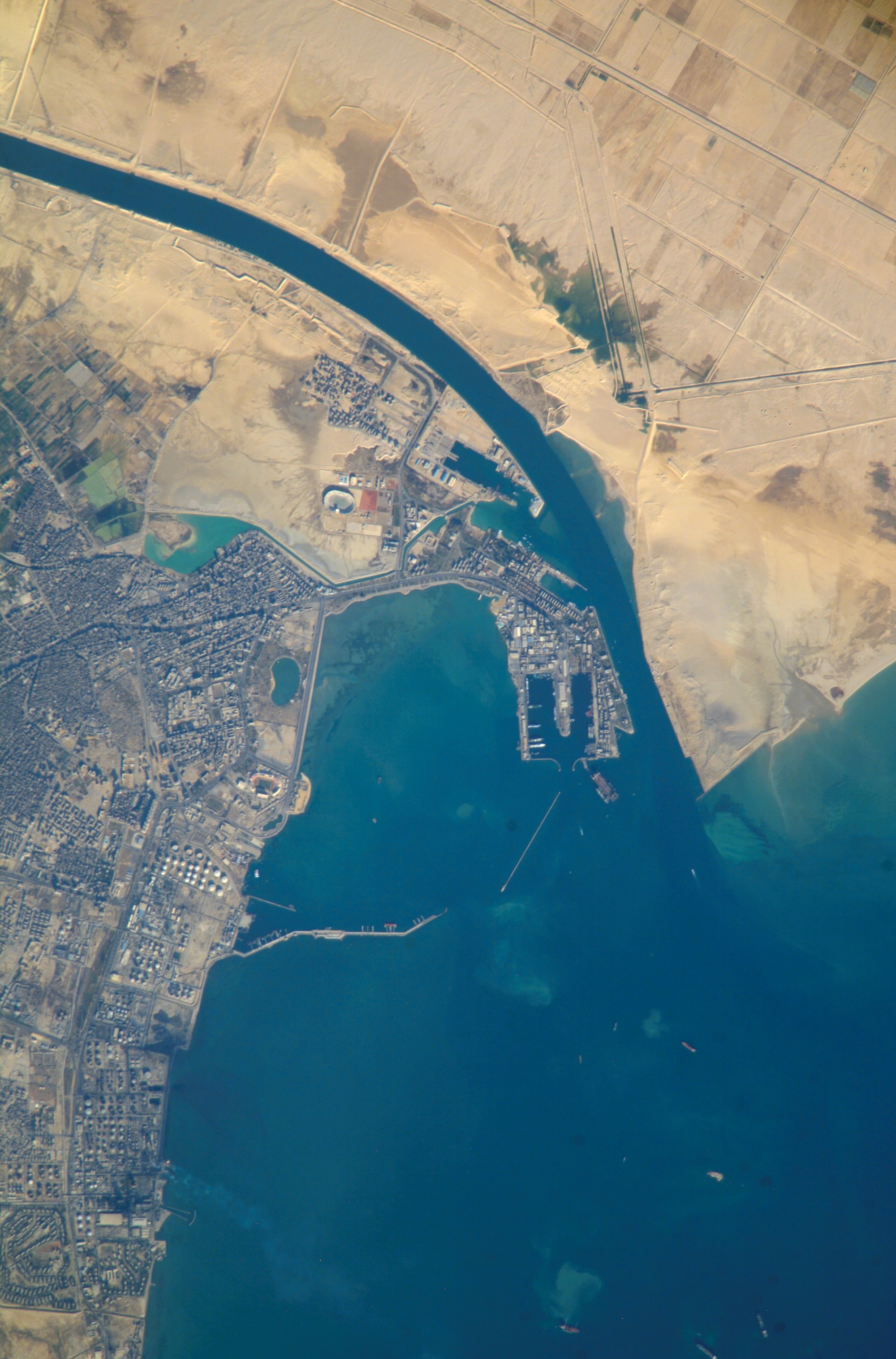
Can macro infrastructure links like the Suez Canal offer a path to peace? Image: “Peace” by Yaw Kuma Ansu-Kyeremech, 2021. Creative commons 4.0. Included with appreciation.
Can macro infrastructure links offer a path to peace? Diplomat Ferdinand de Lesseps had long dreamed of “piercing” the isthmus, and sought the concession from Mohammed Pasha al-Said, a childhood friend whom de Lesseps first met when living in Egypt with his father, French consul in Cairo. Accounts reveal the future pasha very much liked the breakfast cereal served in Ferdinand’s house, and the two became fast friends who both enjoyed horse riding. In fact, later as adults, they shared a dare to exhibit horse riding skills to jump a particularly high fence: the prize would be permission to build the Suez Canal. Land rights were spelled out, construction began: the route would link two entrances – one from the Mediterranean, the other from the Red Sea.

Ferdinand de Lesseps built the Suez Canal, and tried to later build the Panama Canal. “Caricature of Ferdinand de Lesseps by André Gil, 1867. Public Domain. Included with appreciation.
Ten years later, on 16 November, 1869, the Suez Canal opened with a marine parade of 65 ships from nations worldwide. Giuseppe Verdi composed Aida to honor the Suez Canal’s opening. In a quirk of irony, the costumes being prepared in Europe were delayed in shipping so the opera debuted the following year.

Giuseppe Verdi composed the opera Aida in honor of the opening of the Suez Canal. Image: “Poster for Aida, 1908, Hippodrome Opera.” U.S. Library of Congress, public domain. Included with appreciation.
Friendship and international understanding graced the project – in spirit and in letter of the law. Khedive Mohammed Pasha al-Said and Ferdinand de Lesseps wrote and signed the founding agreement that called, in article VI, for “tariffs of dues for passage …(which) shall be always equal for all nations, no particular advantage can ever be stipulated for the exclusive benefit of any one country.” That principle of open access to all was legalized in the international Convention of Constantinople of 1888 in article I “in time of war as in time of peace, the canal shall never be subjected to the exercise of the right of blockade.”

“Suez Canal as seen from International Space Station” – two examples of infrastructure as peace. Photo shows the southern terminus of the Suez Canal at the northern area of the Red Sea. Image: NASA, 2007. Public Domain.
In December 2023, several commercial vessels bound for the Mediterranean diverted from the Suez Canal route to avoid danger. Because the 120 mile (192 km) canal is the fastest sea route between Asia and Europe, it is the preferred passage. For example, a ship from the Mideast Gulf bound for Rotterdam, Netherlands would travel 6,436 nautical miles via the Suez Canal but 11,169 nautical miles taking the longer route around Africa. Since December, more ships have diverted. Portwatch, study group of Oxford University and the International Monetary Fund, reported Suez Canal traffic is lowest since 2021. Shipping rates, during the diversions, have tripled. Tesla idled a factory in Germany because shipping delays caused supply chain problems. But, more concerning to many is the issue that the Suez Canal was – and is – specifically a path to peace.
Can the Belt and Road Initiative’s many links be inspired to form a path to peace? Image: “One belt, one road” by Lommes. Creative Commons 4.0. Included with appreciation.
The Suez Canal’s Firman and subsequent Convention specifically dedicate the route to be open to all nations equally in time of war as in time of peace. Major transport routes, like the Suez Canal, represent both trade passages and potential paths to peace. How will such dedications affect the future of the Suez Canal, and also developing links such as those in the Belt and Road Initiative? Can macro infrastructure links, like the Suez Canal, serve as a path to peace?
Ghaddar, Ahmad. “How attacks in the Red Sea impact shipping in the Suez Canal.” 19 December 2023. Reuters.
Suez Canal Authority. “Constantinople Convention of 1888,” 29 October 1888. https://www.suezcanal.gov/eg/English/About/CanalTreatiesAndDecrees/pages/constantinopleconvention.aspx
Davidson, F. P. and K. Lusk Brooke. “The Suez Canal,” Chapter 16, Building the World, Volume 1, pages 187 – 204 (includes original Firman). ISBN: 0313333734.
Egan, Matt. “Insurers shun many ships carrying goods through the Red Sea as attacks continue.” 17 January 2024. CNN.com. https://www.cnn.com/2024/01/17/business/red-sea-shipping-attacks
Portwatch. “Trade disruptions in the Red Sea.” 16 December 2023: updated 20 January 2024. https://portwatch.imf.org
Building the World Blog by Kathleen Lusk Brooke and Zoe G. Quinn is licensed under a Creative Commons Attribution-NonCommercial-NoDerivs 3.0 U

